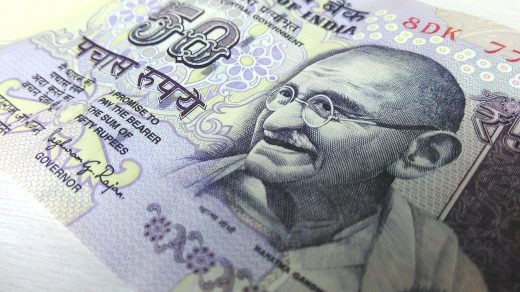Your trade size, also known as position size is more critical than your entry and exit positions when stock trading. While traders can have the best strategy, it does not compensate for an overly small or big trade size. In this case, traders will either take in too little or too much risk. Excess risk can lead to more losses than little risk.
Position size can be described as the total shares you acquire on a trade. Your entire risk is divided into two categories; account risk and trade risk. A trader should be conversant with how these components align with one another.
Having that knowledge helps you identify the right position size regardless of the market conditions, your strategy of choice, and the trade setup. Here are tips to help you establish the ideal position size for day stock traders.
Set a Risk Limit for Your Account Per Trade
Set a dollar or percentage amount that you will risk per trade. Many professional and seasoned traders have a 1% risk on their accounts. For instance, if a day trader’s account has $50,000, they could risk $500 for each trade.
Suppose your risk is 0.5% you will be risking up to $250 per trade. You can also leverage a fixed dollar amount. In this case, your account risk should still be less than 1%. Other trade factors may fluctuate but the account risk remains constant. Do not change the risk amount you take for different trades. If your account risk limit is 1% try to maintain it for all your trades.
Establish Cents at Risk on Your Trade
After setting your account risk per trade, focus on the trade at hand. Cents at risk is the trade risk and you can determine it by finding the difference between your stop-loss order position and the trade entry position.
The stop loss concludes a trade if it loses a specific amount of money set by the trader. Many traders leverage this strategy to limit risk on their accounts per trade. When you initiate a trade, consider your entry position and the stop loss point.
Your stop loss should be as nearer to the entry position as possible but far enough to prevent the trade from incurring a loss before the expected price move occurs. Once you identify the right position for your stop loss in terms of cents, you can calculate the right position size for that specific trade.
Identify Position Size for a Trade
Money at risk is the maximum amount you can risk per trade, while cents at risk is the trade risk. You can leverage these figures to establish the traded shares, which in this case, is your right position size.
The right position size = money at risk/cents at risk.
Suppose your account has $45,000 and the risk on your account is 1% per account per trade. You can risk a maximum of $450, which in this case is the money at risk, and want to trade a certain stock. You can choose to buy at $50.10, and position your stop loss at $49.99, placing a $0.11 risk, which in this case is the cents at risk.
Divide your money at risk amount ($450) by the cents at-risk amount ($0.11) the final amount will be 4090. That will be the total number of shares you can take on your trade at a 1% risk level. Now round the final amount to the nearest whole lot, which in this case will be 100 shares.
The right position in the case of this trade will be 4,000 shares. The position size is accurately registered to your account’s trading specifications and size. Worth mentioning is that the above calculations do not include commission charges.
Takeaway
Precise position sizing is crucial for successful trading. According to experts, your risk percentage should be 1% or less per trade. Avoid choosing an overly low risk because doing so prevents your account from growing. On the other hand, risking too much could deplete your account resulting in losses. Determine your cents at risk per trade as well. You can establish your share position size based on your cents and account risk amount.



